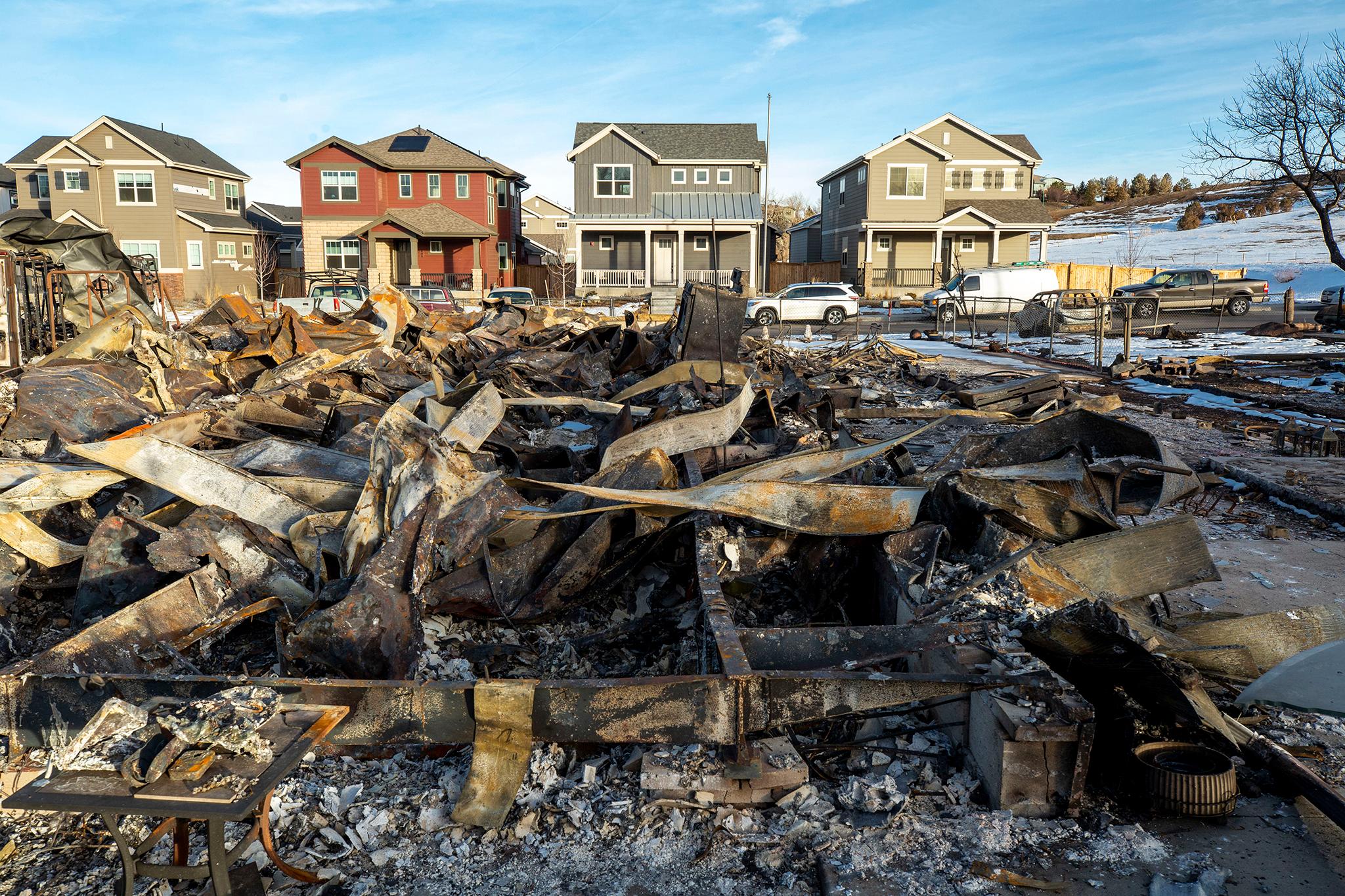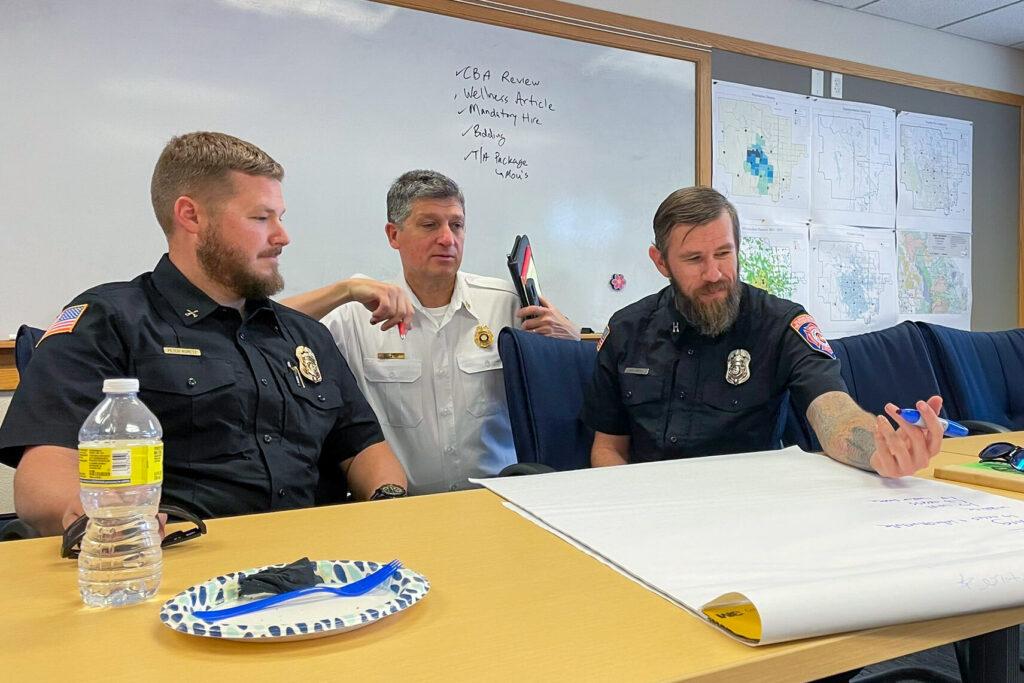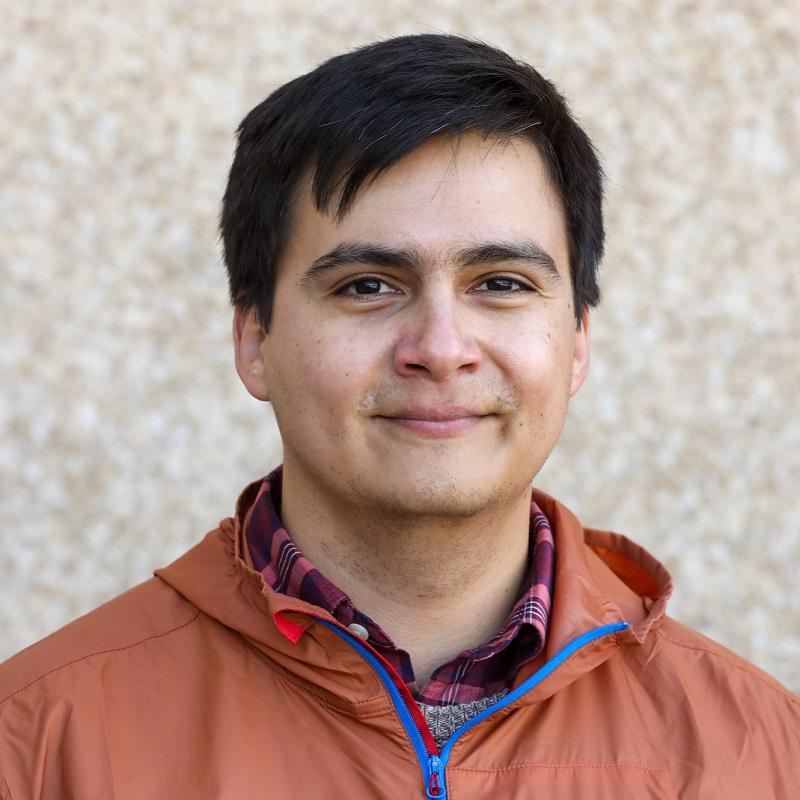
Inside the Poudre Fire Authority headquarters in Fort Collins on Thursday, two dozen firefighters and first responders put aside the prepared prompts and spoke frankly about what it’s like to do their jobs in 2022.
“It’s really hard because the community … doesn’t know what we’re doing, at all,” said Ron Simms, the deputy fire marshall and battalion chief for the Poudre Fire Authority. “If we really tell our story, I tell people, ‘Three percent of the time, I’m fighting fires.’”
The rest of that time, the firefighters said, is spent on a constantly changing list of duties, including responding to mental health crises and other non-fire-related emergencies. It’s a discrepancy, they said, that has become more visible with the growing threat of destructive wildfires across the Front Range.
The meeting was one of 10 organized by the Colorado Fire Prevention and Control Division, which is working with the International Public Safety Data Institute, a Washington, D.C.-based research organization, to create and publish an assessment of fire risk in Colorado. They said it’s likely the most comprehensive of its kind for the state.
“There’s terabytes of data available to identify what risks are to fire in the state of Colorado, but without context that data is just a bunch of numbers and things on a piece of paper,” said the institute’s CEO John Oates. “If you don’t look at everything, it’s going to be an incomplete picture and it’s not going to provide good guidance.”
The collaboration stemmed from the creation of the Colorado Fire Commission in 2019. Since then, Colorado has recorded its three largest wildfires and its most destructive — last year’s Marshall fire in Boulder County.
The threat of similar wildfires was on the mind of the officials Thursday, who represented agencies just north of the Marshall fire’s path. They said they were worried about how a growing population is making it harder to reach people, especially in the area known as the Wildland Urban Interface.
With the growing population also comes the increased danger of wildfires threatening electrical grids, water supplies and railroads carrying resources between communities, they said.
“The classic system was built on four-minute travel times and firefighters playing checkers waiting to go to the next fire,” Simms told the group. “We have to really think about what it is that we're doing, modernize it and make it better for the risk that's there.”
Firefighters from Weld County said they were worried about fires both caused by and damaging oil and gas wells. Others mentioned the subsequent risk of flooding, such as what happened in Poudre Canyon last year after the Cameron Peak fire.

Throughout the listening session, firefighters said they were worried about an increase in conditions that caused the Marshall fire, including faster winds, hotter temperatures and drought spurred by climate change.
The meeting in Fort Collins was one of the last in a week-long trip that included stops in Lakewood, Durango, Steamboat Springs and Grand Junction.
Hearing from firefighters on the ground, Oates said, augments the fire data and lets researchers know the personal concerns of each community. Some of those were similar statewide, like the security of electrical and water systems. Others, like the migration of people into the wildland-urban interface, were prevalent in the discussion among Front Range agencies.
The researchers were scheduled to finish their tour in Colorado Springs and La Junta on Friday. Oates said the assessment will be published later this year and that he hoped it would help agencies across the state better understand the changing risks connected to fires.








